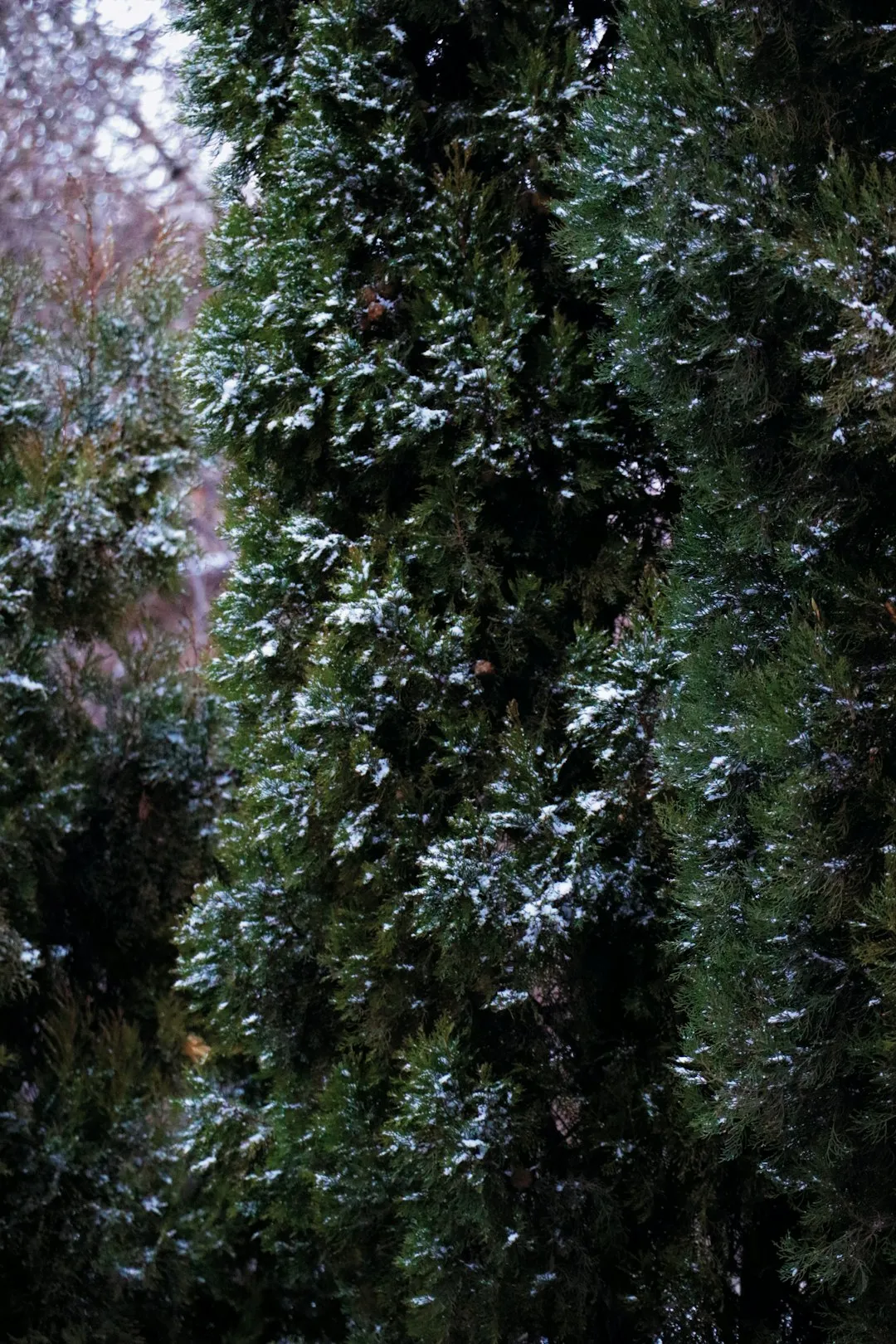Unveiling the Enchanting World of Birding in Your Backyard

Actress Lili Taylor has discovered a life - changing passion: birding. This seemingly simple activity has the power to transform one's perspective and connection with nature. In this article, we'll explore how you can start your own birding journey right in your backyard, and how it ties in beautifully with garden design.
For Lili Taylor, birding is not just a hobby; it's a way to escape the hustle and bustle of daily life. When she steps into her backyard, it's like entering a whole new world. The chirping of birds, the fluttering of wings, and the vibrant colors they bring are a feast for the senses. It's a form of meditation, a moment of peace and tranquility in an otherwise busy world.
So, how can you get started with birding in your own backyard? The first step is to understand the basics of attracting birds. This is where garden design comes into play. A well - designed garden can be a haven for birds, providing them with food, water, and shelter.
**Food Sources**
One of the most important aspects of attracting birds is providing them with a reliable food source. Different birds have different dietary preferences. For example, finches love seeds, while hummingbirds are attracted to nectar. You can plant a variety of native plants in your garden to provide natural food sources. Sunflowers, coneflowers, and black - eyed Susans are great choices for seed - eating birds. For hummingbirds, plant tubular - shaped flowers like bee balm, salvia, and columbine. You can also set up bird feeders. There are many types of bird feeders available, such as tube feeders for small seeds, hopper feeders for larger seeds, and suet feeders for insect - eating birds.
**Water Sources**
Just like us, birds need water to survive. A simple birdbath can make a huge difference in attracting birds to your backyard. Place the birdbath in a shaded area to keep the water cool and clean. Make sure to change the water regularly to prevent the growth of bacteria. You can also add a small fountain or dripper to the birdbath. The sound of moving water is very attractive to birds and can help them locate the water source more easily.
**Shelter**
Birds need a place to rest, hide from predators, and build their nests. Trees and shrubs are excellent natural shelters. Native trees like oak, maple, and pine provide both shelter and food in the form of nuts and insects. You can also install birdhouses in your garden. Different bird species have different requirements for their nests. For example, bluebirds prefer a house with a small entrance hole, while woodpeckers need a larger cavity. Research the types of birds in your area and choose the appropriate birdhouses accordingly.
Once you have set up your backyard to attract birds, it's time to start observing. Get a pair of binoculars and a field guide to help you identify the different bird species. Keep a journal to record your observations. Note down the time of day, the weather conditions, and the types of birds you see. This can be a fun and educational activity for the whole family.
As you become more involved in birding, you'll start to notice the subtle changes in the bird population throughout the year. Some birds are migratory, meaning they travel long distances during different seasons. You might see different species in the spring, summer, fall, and winter. This adds an element of excitement and anticipation to your birding experience.
Garden design and birding go hand in hand. A well - designed garden not only looks beautiful but also provides a habitat for birds. It's a win - win situation. You get to enjoy the beauty of nature right in your own backyard, and the birds get a safe and comfortable place to live. Whether you're a seasoned gardener or just starting out, adding birding to your gardening routine can take your outdoor experience to a whole new level.
So, take a cue from Lili Taylor and start exploring the world of birding in your backyard. It might just change your life as it has changed hers. With a little planning and effort, you can create a backyard oasis that is not only a haven for birds but also a place of relaxation and inspiration for you.